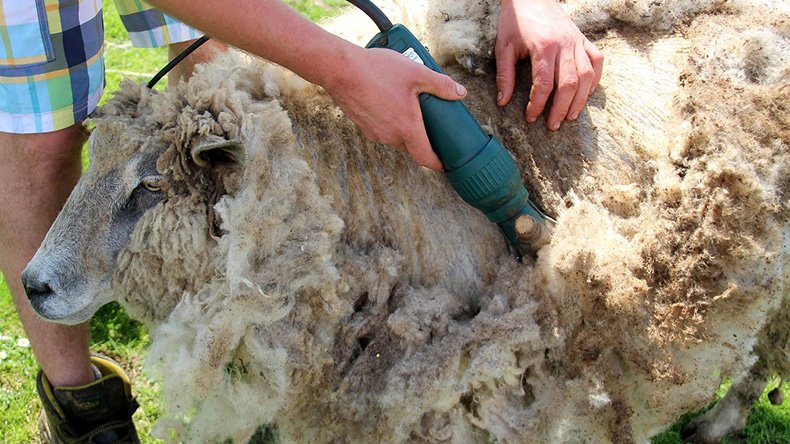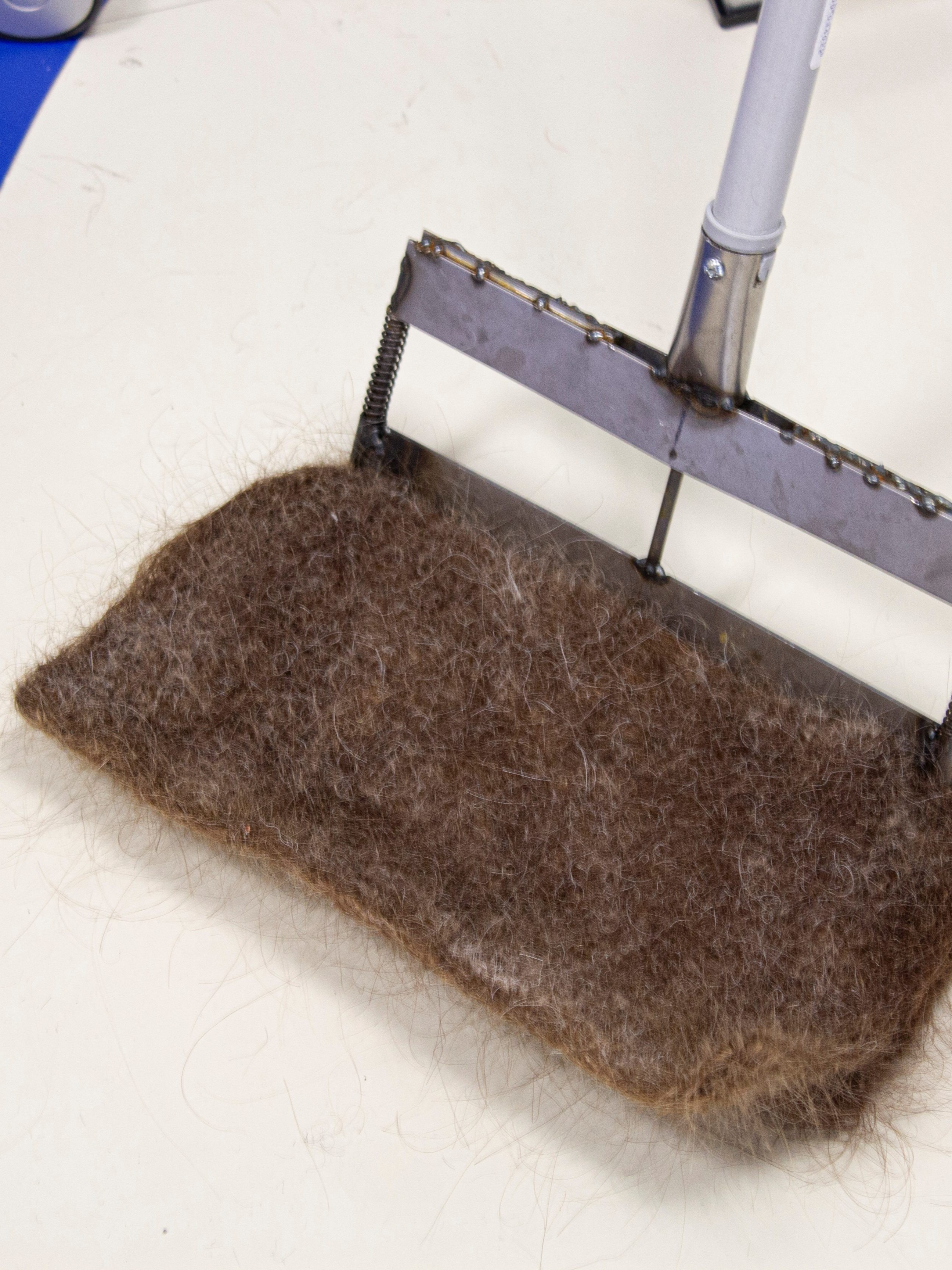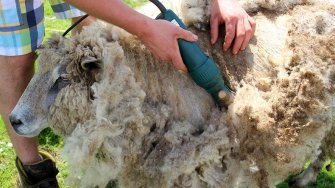The new era of Finnish wool – LAB is testing new uses from oil spill response to green substrates

Wool has become highly popular in the daily lives of Finnish people. Knitting is today a trendy hobby, and people buy wool clothing for both themselves and as gifts. This is why it is significant that, compared to the demand for merino and alpaca wool, Finnish sheep's wool has not reached the same level of popularity – even if it has all the prerequisites for this.
“While the wool from Finnish sheep equals wools produced abroad in quality, it does not enjoy the same popularity. Finnish sheep's wool would need to upgrade its image, giving people concrete examples that showcase the value of wool,” says Paula Nurminen, who works as a project manager and RDI expert at LAB University of Applied Sciences' Institute of Design and Fine Arts.
The strengths of Finnish wool highlighted by Nurminen include its traceability, or the possibility of knowing where and how Finnish sheep's wool has been produced and processed. However, one of the biggest sustainability challenges is the process of washing wool: a large share of the wool is currently sent abroad for washing, which increases its carbon footprint.
“LUT University is striving to find solutions to this challenge, for example in a project known as Willatus 2.0. The project is developing a fermentation-based washing process that makes it possible to process the wool closer to the farms that produce it. Potential uses of lanolin separated from the washing water for such purposes as a repellent for cervids are also being researched."

An organic alternative to plastic
Nurminen notes that the use of recycled wool also has plenty of hidden potential. Recycled wool is an organic alternative that could replace plastic-based materials.
"As plastic is cheap, it is used on such a large scale that plastic can be found everywhere – even in human brains and hearts. We need more organic substitute materials that break down naturally over time.”
Recycled wool can be used in many ways, including as building insulation, acoustic panels, filter material and part of composites, and even in oil spill response. Such projects as LAB’s Hiukka 2.0 have tested and developed absorbent mats made from hair fibres, which were successfully used to combat an oil spill in Lake Saimaa in 2023.
"New funding is now being sought for joint European development of organic alternatives to oil spill cleanup products. Unlike traditional polypropylene sheets, the hair mat effectively absorbed transformer oil from water. Additionally, organic oil spill cleanup products do not release micro and nano plastics into the environment as they decompose."
LAB's MUOKS project uses recycled wool and other organic fibres as a substrate for green roofs and walls, where they help plants take root and support water binding.
“Urban green infrastructure brings many benefits as it has a cooling effect, cleans the air and improves human well-being. Wool fibre may be part of this infrastructure."
Effective recycling solutions are needed to give wool a new life
Although wool is recycled fairly well in Finland, most of it still ends up as waste. Nurminen argues that awareness of recycling processes should be increased, which would also encourage people to recycle wool.
“We have good examples of how recycling can be made easy and profitable in Finland. For example, bottle recycling is an effective system, thanks to which almost all bottles and cans with a deposit are returned.”
Nurminen stresses that multidisciplinary cooperation is required to create new solutions, and higher education institutions play an important role in this. Working together with experts and engineers, companies can develop solutions that not only reduce harms but also produce well-being for both people and nature.
“We have all it takes to become pioneers in the circular economy of wool. What we need now is the courage to experiment and develop together.”


